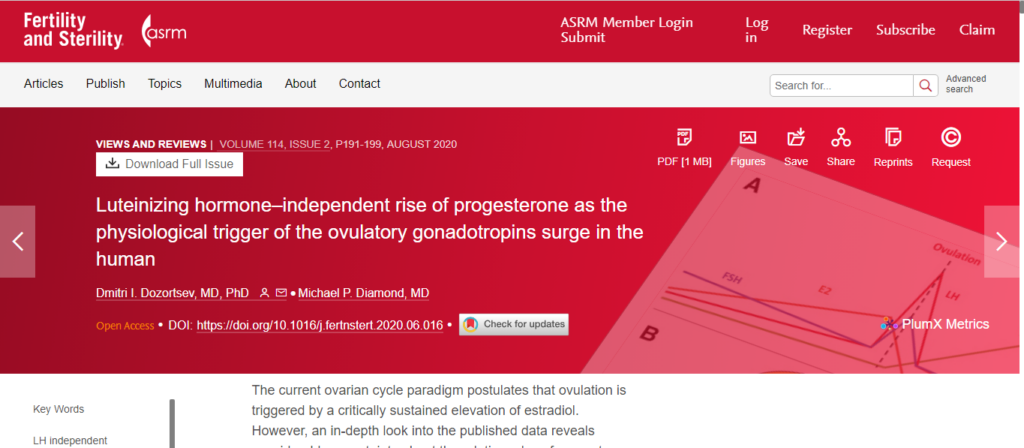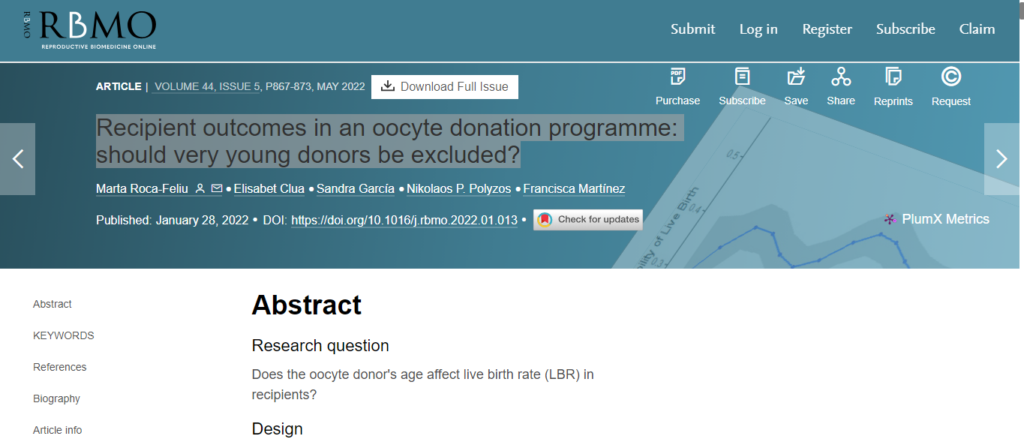What is Artificial Insemination? (IUI)
Intrauterine insemination (IUI) is a common infertility treatment procedure and may be an option for couples experiencing unexplained fertility, ovulation disorders, same sex couples and mild-to-moderate male factor infertility.
It is used as a first-line infertility treatment and is easily performed in a medical office. It can be used in combination with Clomiphene, Letrozole, or a combination of Letrozole, Clomid with follicle-stimulating hormone (FSH), and luteinizing hormone (LH).
Intrauterine insemination is performed about 24 to 36 hours post human chorionic gonadotropins trigger (HCG) Intrauterine insemination will usually increase the chance of conception when combined with ovulation induction
Why Choose Artificial Insemination?
- Low sperm count
- Poor sperm motility
- Abnormalities in reproductive organs
- Unreceptive cervical mucus (mucus surrounding the cervix prevents sperm from entering the uterus or fallopian tubes)
- Ovulation disorders
- Unexplained fertility
- Same sex couple
What Are Artificial Insemination
Success Rates?
Donor sperm
How Does Artificial Insemination Work?
Ovulation induction can be achieved by taking oral medications such as Clomiphene Citrate (Clomid) or Letrozole, or by using injectable medications containing FSH or LH (e.g., Gonal-F, Follistim, Menopur). Once the eggs are determined to be mature by an ultrasound or laboratory tests, an injection of human chorionic gonadotropin (hCG) is usually given. The hCG injection causes the eggs to be released into the fallopian tubes, where they can be fertilized.
The IUI procedure is usually scheduled 24-36 hours after the hCG injection. Two hours prior to the IUI, the male’s sperm is obtained, washed, and concentrated. When the sperm sample is ready, a very small catheter is passed through the cervix and the sperm is introduced into uterus with minimal discomfort and no sedation.



